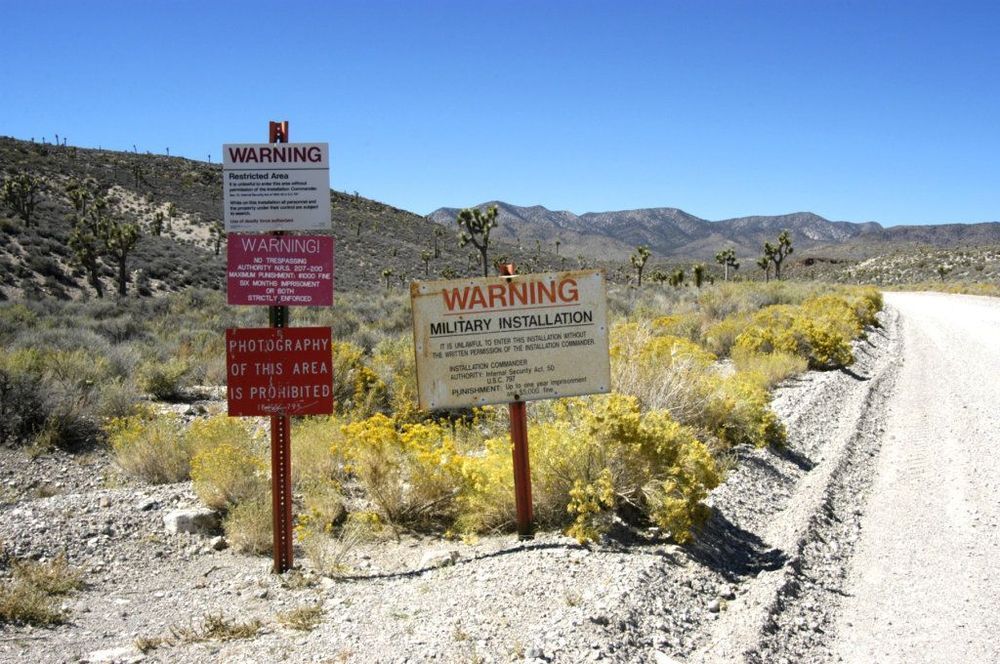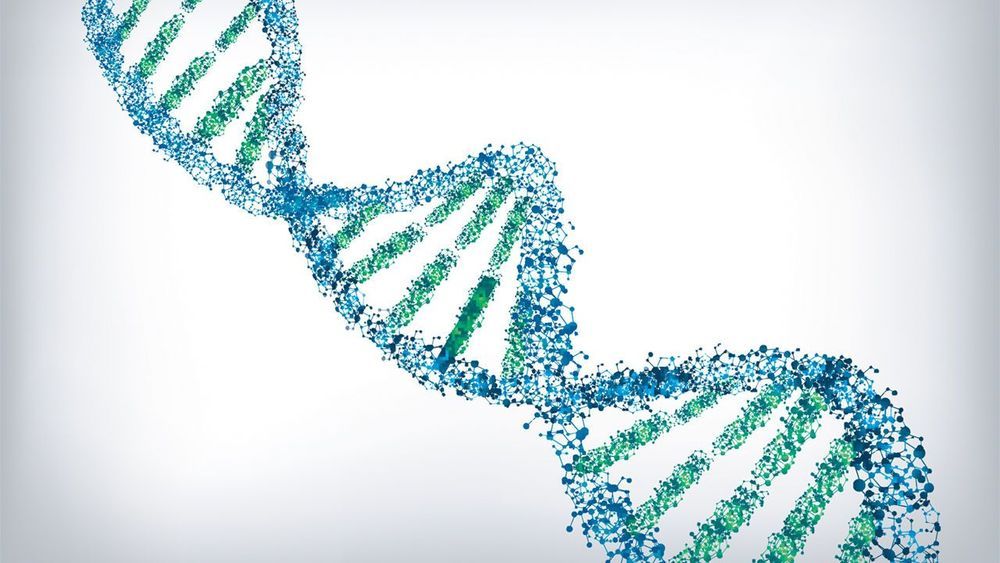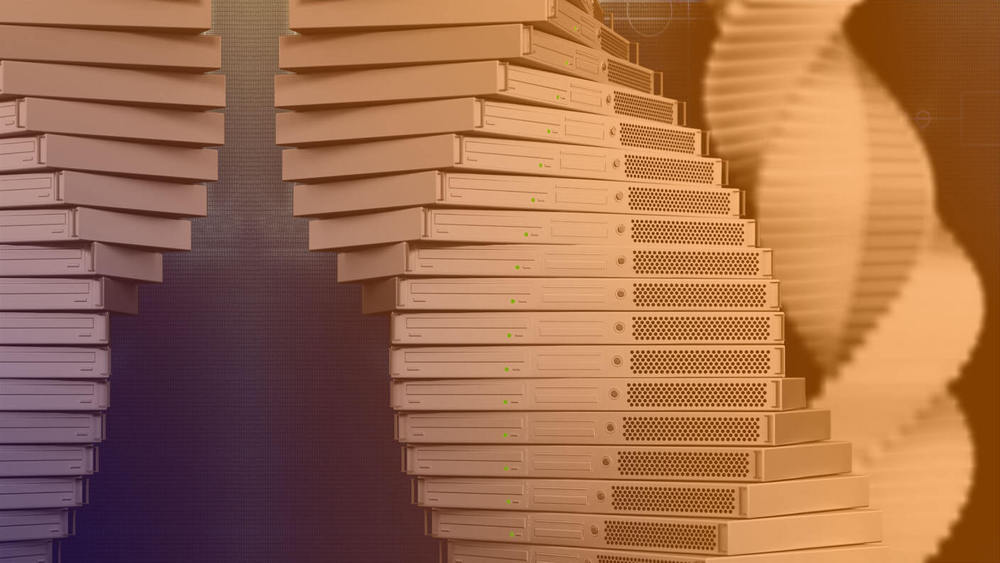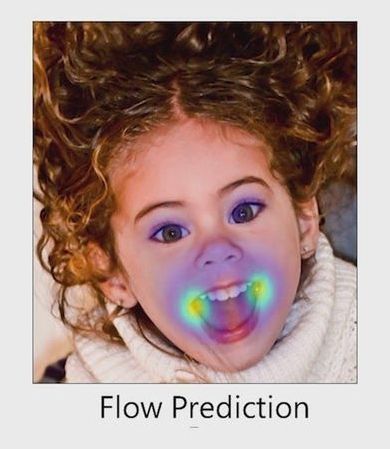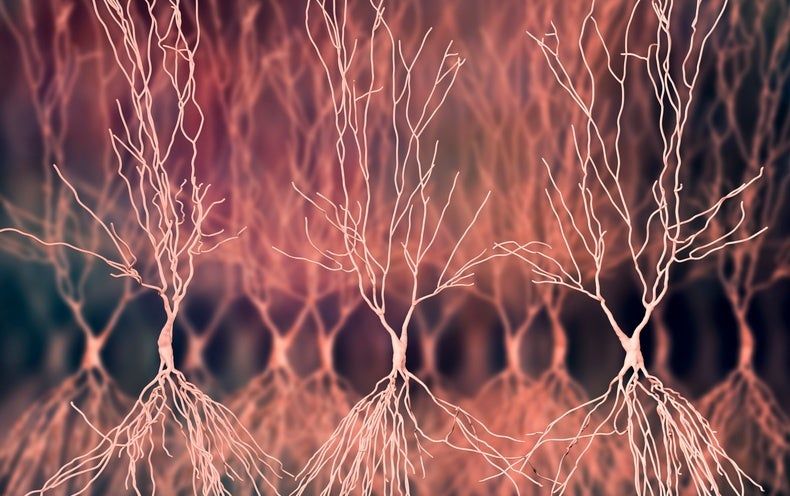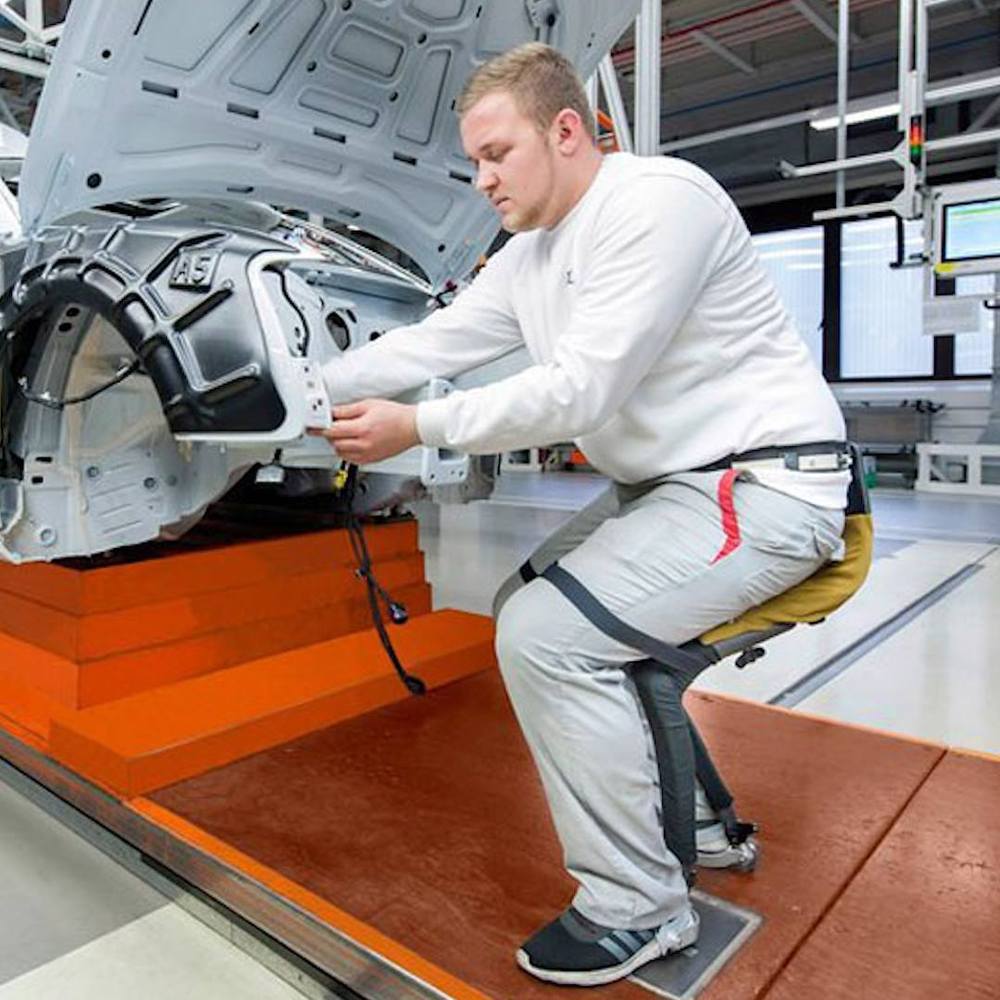
The particle known as a Majorana fermion is as mysterious and uncontrollable as it is unique. It’s the only known particle that is also its own antiparticle, and has properties that make it an alluring candidate for qubits, the basic unit of information in a quantum computer.
Harnessing that potential, however, is easier said than done — Majorana fermions are slippery little suckers. But a team of particle physicists now reports they’ve found a way to control them.
“We now have a new way to engineer Majorana quasiparticles in materials,” said physicist Ali Yazdani of Princeton University. “We can verify their existence by imaging them and we can characterise their predicted properties.”
Read more
